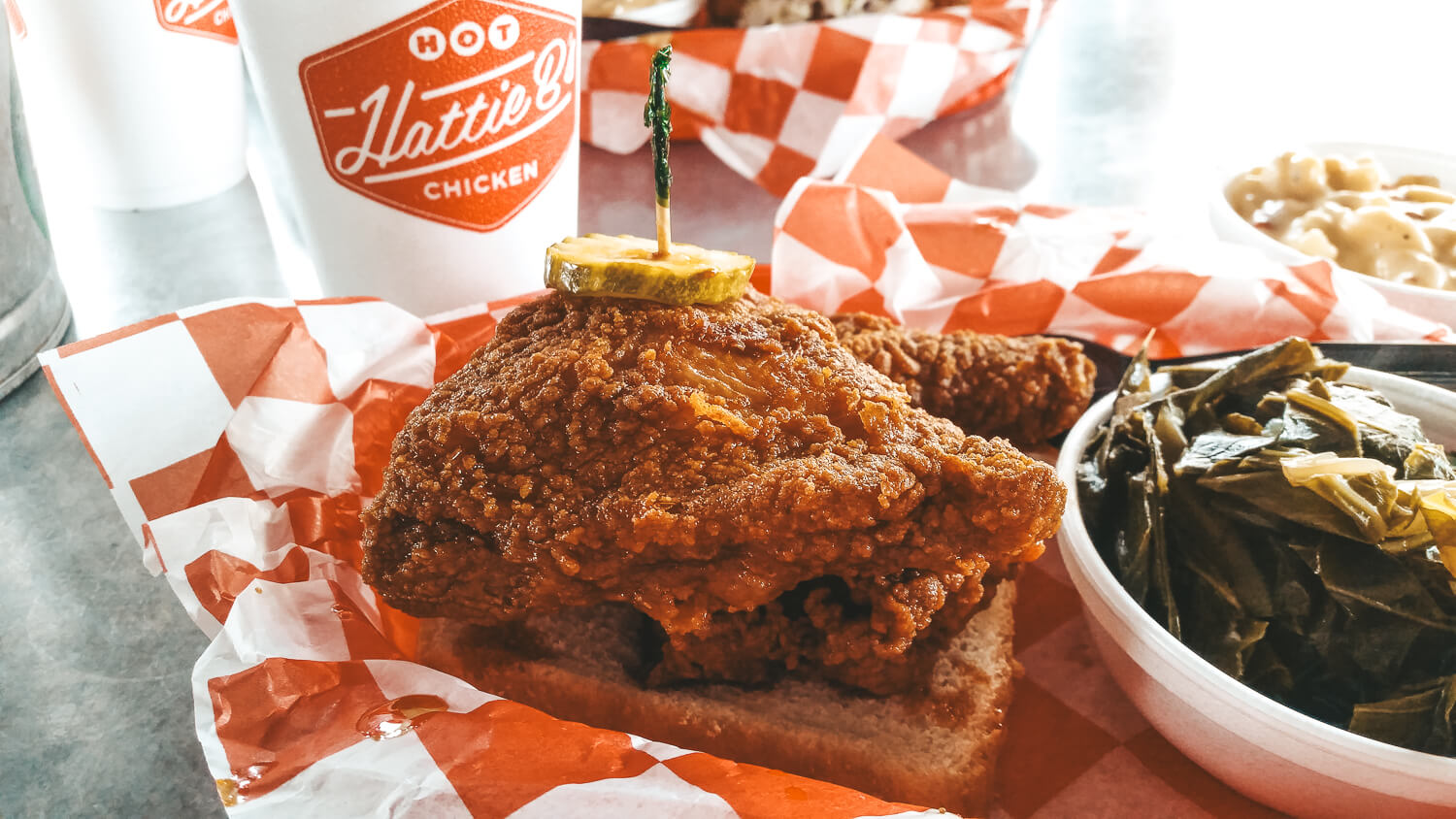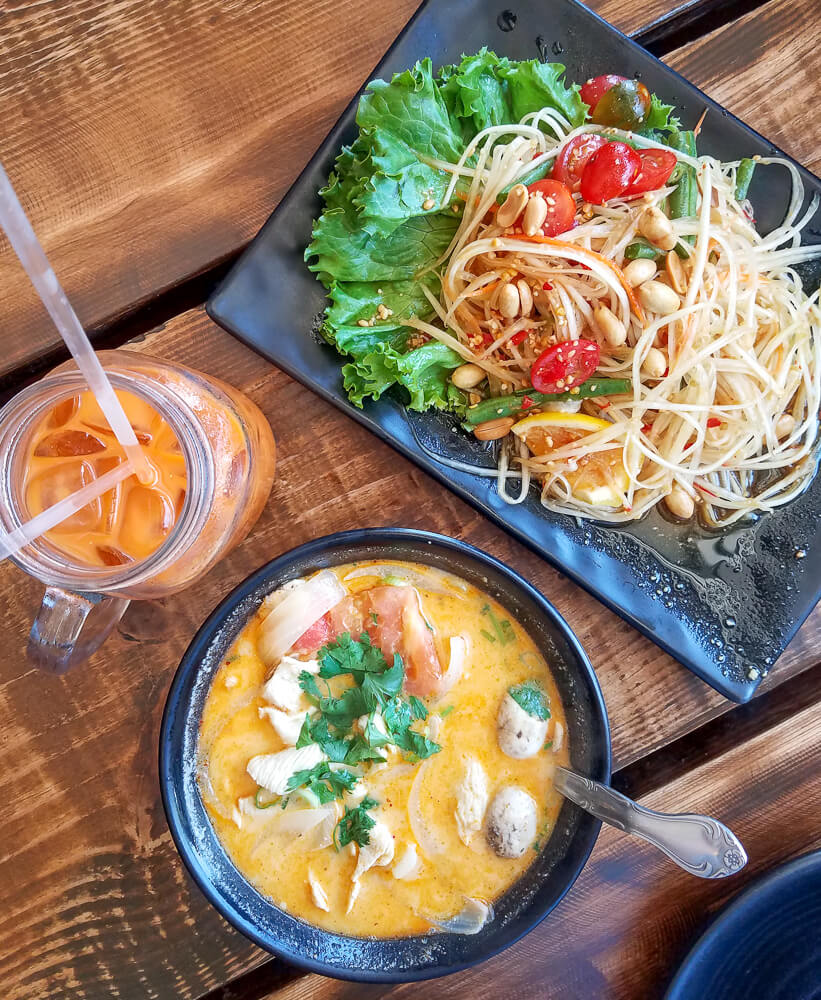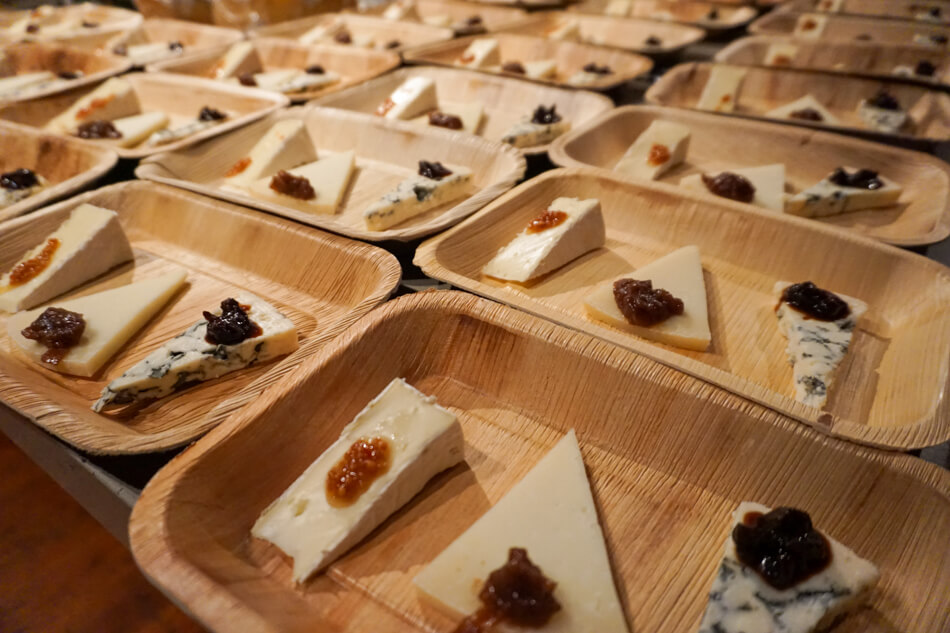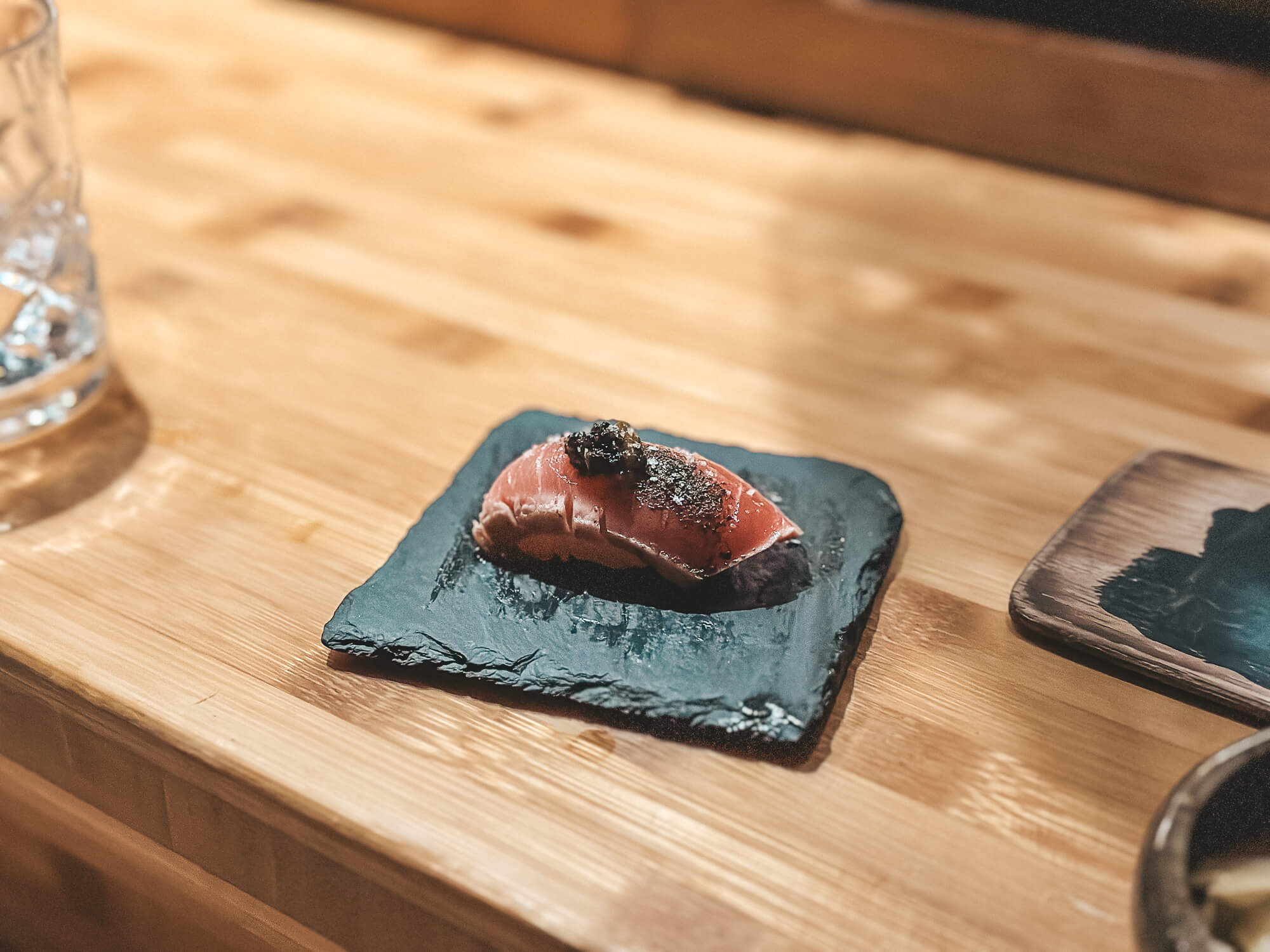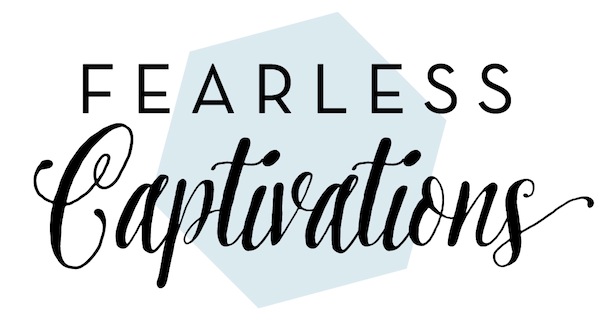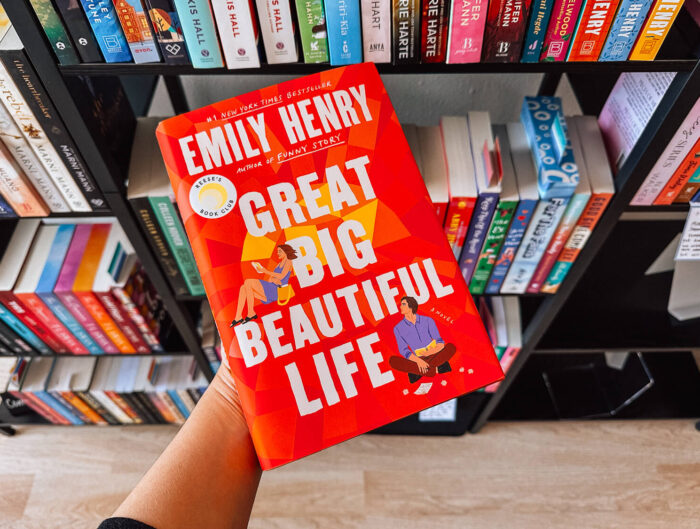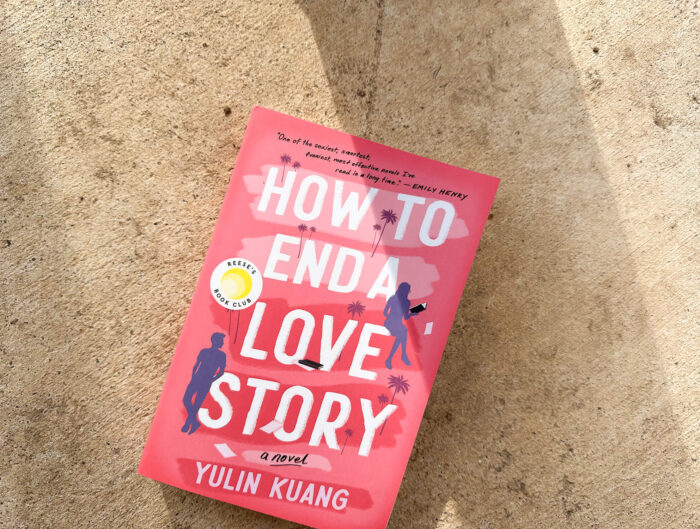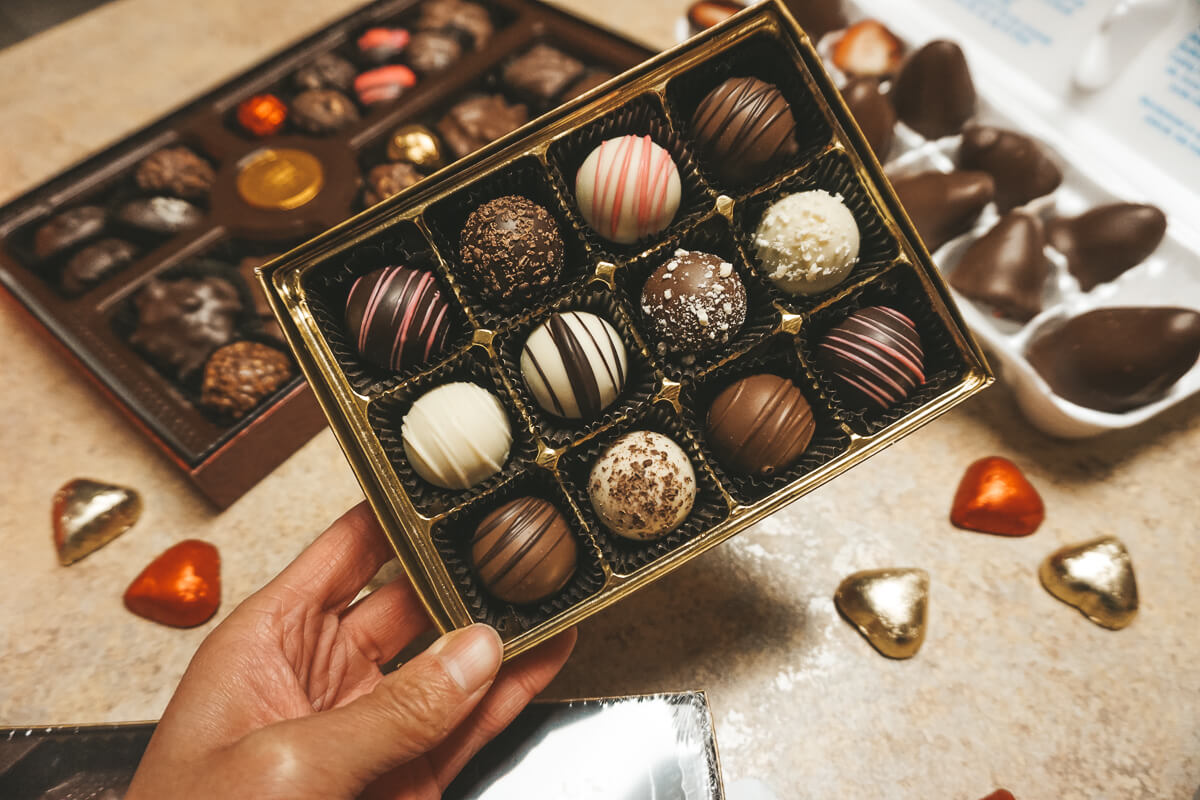Craft chocolate is making the world tastier, and the book Bean-to-Bar Chocolate gives eye-opening insight to what the movement is all about.
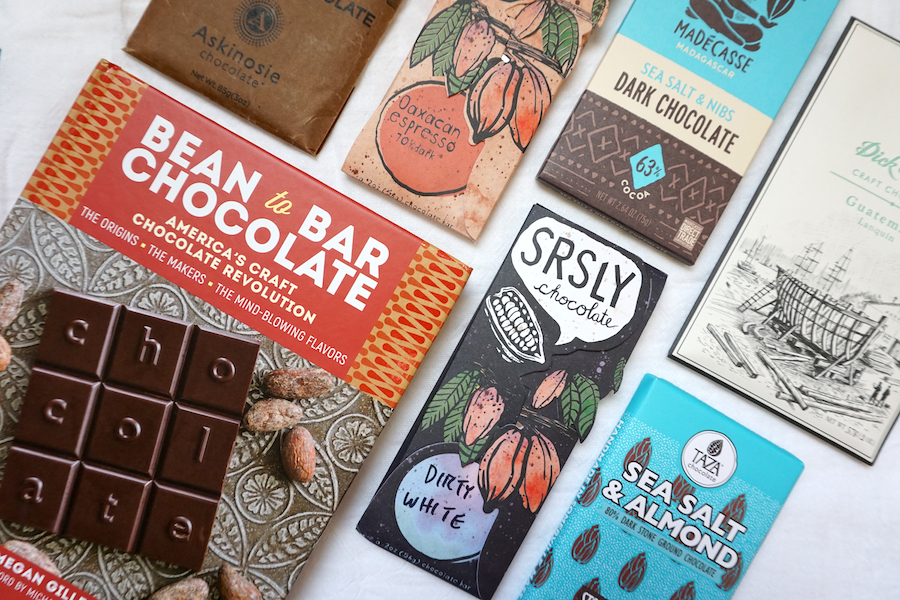
The bean-to-bar chocolate movement is booming! We now have over 200 chocolate makers in the U.S. compared to only five companies 15 years ago. Chocolate has a long history in the world (thanks, Mesoamericans, Mayans, and Aztecs) and production was propelled forward when chocolate factories opened in the 1890s. I like to think we are working on going back to the roots, creating unique craft chocolate that honors the land, the farmer, the flavors, and the craft.
I’ve been learning all about craft chocolate – from reading a book and articles, attending a chocolate event, and tasting chocolate – and in true foodie nerd form, I’m fascinated by everything I’ve learned and experienced. There are chocolate makers and chocolate lovers out to change the world through chocolate, and I wanted to share some of my favorite and eye-opening facts and figures. So, are you ready? Let’s talk chocolate! 
What is bean-to-bar chocolate?
Bean-to-bar chocolate is carefully made in from start to finish. A chocolate maker will source, roast, grind, and smoothe the high-quality whole cocoa beans to make a chocolate bar. Chocolate makers are a part of the whole process – from where the beans are grown to what the chocolate wrappers look like. They’ve likely visited the cocoa farms themselves and know the farmers or at least source beans from specific farmers. Quality and flavor of the chocolate, as well as farming ethics, are what make bean-to-bar chocolate different from industrial chocolate.

Cacao Beans
But why craft chocolate?
As with other craft products, the thought is more care and better ingredients go into making a craft product. Beer and coffee are two other industries that come to mind. It’s mass production (industrial) vs. smaller batch production, like Budweiser and Folgers vs. your local craft brewery and coffee roaster. In the chocolate industry, craft companies are competing for consumer loyalties against corporations like Nestle, Mars, and Hershey’s. Craft companies are impacting more than their bottom line from the very beginning of their process. They know who their cocoa farmers are and aim to pay them fairly and a living wage. They don’t exploit farmers and they focus on quality and ethics.
The facts make it undeniable. About 70% of the world’s industrial chocolate comes from Africa, mostly from two countries, Ghana and Ivory Coast. Nestle made $100 billion in sales in 2015 while Ghana and Ivory Coast have a GDP of around $73 billion. Something doesn’t add up here. Adding the knowledge of Africa’s human rights issues and widespread poverty, buying cheap chocolate doesn’t seem worth it.
Enjoying craft chocolate means enjoying some of the best quality chocolate while supporting the hard-working cacao farmers that are providing for their families. You’re also supporting the chocolate maker that believes in the farmers and the art of making incredible-tasting chocolate. 
So, there’s a cool book about craft chocolate?
Yes! Megan Giller, a chocolate aficionado and blogger of Chocolate Noise, has been studying bean-to-bar chocolate for years and her colorful and insightful book about everything she has learned is available. I couldn’t put ‘Bean-to-Bar Chocolate: America’s Craft Chocolate Revolution‘ down and have learned so much about where chocolate comes from, how to taste chocolate, what drinks and foods to pair with chocolate, the history of many bean-to-bar companies in the U.S., and more! The book is packed with information and is sure to get you excited about chocolate.

Fun illustrations in the book
Snippets from the Book
Here are a few facts and things to know about chocolate from the book. The book is the perfect place to start learning about craft chocolate.
- ‘Chocolate maker’ refers to the people taking cacao beans and making them into chocolate bars. ‘Chocolatier’ refers the people taking chocolate and making them into confections like bon bons and truffles.
- Cacao refers to the pod and beans while cocoa is what it is called after it is fermented and dried. Chocolate is the finished product, like a bar, we eat.
- Single-origin chocolate means the beans used to make the bar is from one country. These bars usually say the country on the wrapper. Countries are known for specific flavors (fruity or nutty are a few), so that’s a way to find the chocolate you like.
- Going further, single-estate chocolate means the beans come from one specific farm.
- Cacao only grows 20 degrees north and south of the equator.
- In the U.S., cacao is only grown in Hawaii.
- White chocolate IS chocolate. It contains at least 20% cocoa butter, something present in every pod.
- Direct trade means chocolate makers buy directly from the farmer.

Great profiles on chocolate makers in the book
Craft Chocolate Recipes!
Yes, the book also includes decadent recipes from chefs and chocolate makers. This means you can take your craft chocolate and make things like chocolate mousse, truffles, cakes, and more!

What are some craft chocolate companies?
There are over 200 craft chocolate companies in the U.S. and here are a few of them. Many more companies are featured in the book! Also here’s a list of 50 chocolate makers in the U.S.!
- Askinosie Chocolate (Springfield, MO)
- Dick Taylor Craft Chocolate (Eureka, CA)
- French Broad Chocolates (Asheville, NC)
- Raaka (Brooklyn, NY)
- Ritual Chocolate (Park City, UT)
- SRSLY (Austin, TX)
Where Can I Buy Craft Chocolate?
In Austin, Texas, you can find craft chocolate at:
- Antonelli’s Cheese Shop
- Central Market
- Wheatsville Co-Op
- Whole Foods
Outside of Austin:
- Check out Whole Foods or Central Market in your city
- Check any artisan food shops
- Buy it straight from the chocolate company on their website
- Buy bars from different companies through ChocoCurb, Cocoa Runners, and The Chocolate Garage
Bean-to-Bar Chocolate Events
Megan is in town promoting her book with a few fun events. I got to attend her chocolate tasting event at Chocolaterie Tessa to taste some bean-to-bar chocolates and talk chocolate. They even had some cacao pods and beans for us to see. (Chocolaterie Tessa is an awesome chocolate shop in Austin. I love their single-origin bon bons!) Check out all the events here.

Roasted pod on the right, raw pod on the left
Some things I learned from the tasting (some of these things are included in the book too):
- It’s best for your palate to taste chocolate from darkest (higher percentage) to lightest because milk/cream stays in your mouth longer.
- Taste chocolate at room temperature for the full flavor.
- Raw cacao beans taste nothing like chocolate. Roasting the beans is where chocolate gets its flavors!
- The first craft chocolate was sold in 2005.
- The flavors of craft chocolate bars are not exactly the same because the beans vary from crop to crop. That’s what makes it fun!
- Craft chocolate is getting better and better because the machinery is getting better.
- The average cacao farmer is 50 years old and 25% of their children are planning to enter the industry. The cacao industry is not profitable because they are not paid as well for the crop. This makes it more important to support farmers to sustain and grow the industry. (More reason for my ‘why craft chocolate’ section above.)
- Recommended article to read: The Economics of Chocolate
Conclusion
Whew, that was A LOT of information! I could probably nerd out with you more but I’ll let you read the book to get the full scoop. Craft chocolate is an exciting part of the foodie world and I hope you get to experience it for yourself!
GIVEAWAY: If you want to WIN a copy of the book, check out my Instagram contest here or leave a comment below. I’ll pick a winner from all entries in a week!
Quick Links

Do you like chocolate? Any specific brands? What craft products do you like?
Disclosure: I was given an advanced copy of the book. I was not required to publish anything about the book and all opinions are my own. I read the book and if you can’t tell, I loved it and am happy to share all about it!
P.S. Want to learn the importance of honey? Check out this post!
Keep up with me elsewhere! You can find me on Instagram, Facebook, Twitter, Pinterest, and Bloglovin’. You can also subscribe to the exclusive email list.
